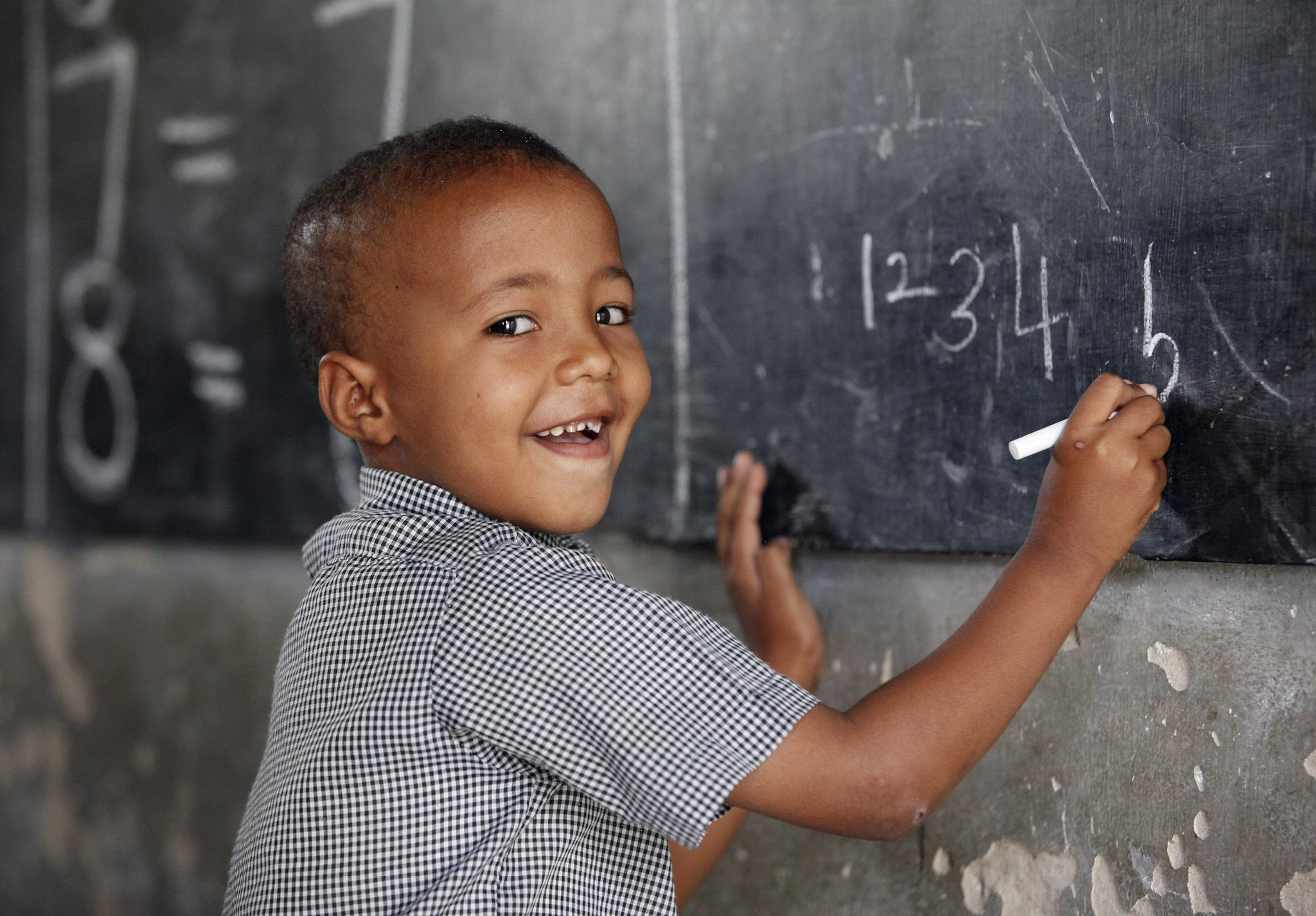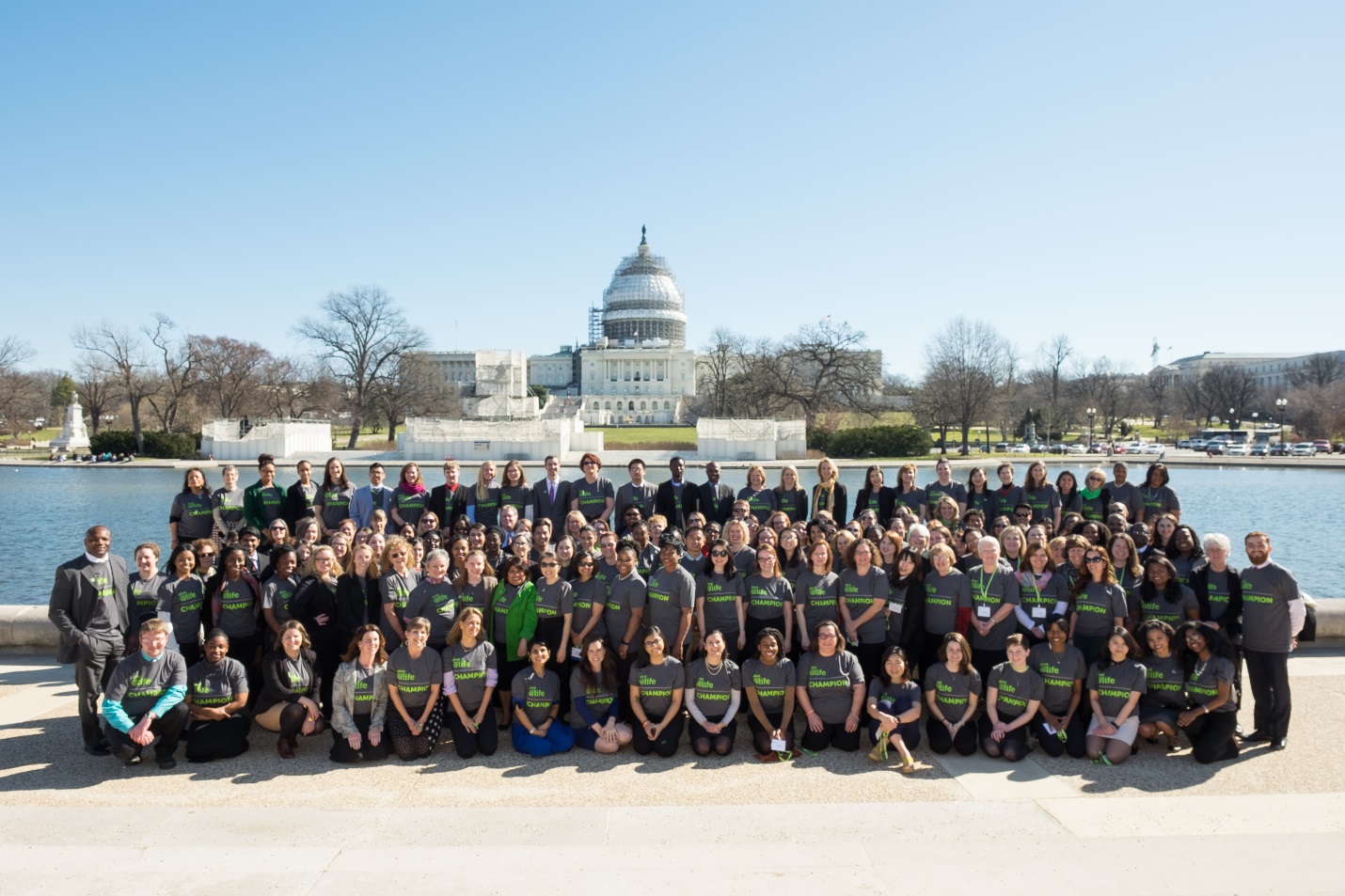By Jordan Savold, communications and research fellow at the Colorado Children’s Immunization Coalition and United Nations Foundation’s Shot@Life Champion
World Immunization Week is held each year during the last week of April to promote the use of vaccines to protect people of all ages against disease.

Photo: United Nations Foundation, Shot@Life
Did you know that one in five children worldwide lacks access to important, life-saving vaccines?
This means that around the world, every 20 seconds a child will die from a vaccine preventable disease. The number of children dying every year from preventable diseases in developing countries is equivalent to nearly half the children entering kindergarten in the U.S.
Does the location of a child’s birth really determine whether that child will have the opportunity to experience his or her firsts? Whether he or she will be the child entering kindergarten or the child struggling to stay alive? Unfortunately, yes.
This may be inconceivable to parents who have grown up and raised their children in the relative comfort of the U.S., where vaccination is often taken for granted as a routine step in a child’s first doctor appointments. But these vaccines save approximately 2.5 million children’s lives from vaccine-preventable diseases each year. In the U.S., mothers and fathers have access to vaccines that protect their children from 14 diseases by the age of two. These include chickenpox, diphtheria, Hib, hepatitis A, hepatitis B, influenza, measles, mumps, pertussis, polio, pneumococcal, rotavirus, rubella, and tetanus.
Developing countries face an array of different barriers and challenges when it comes to vaccinating their future generations; war, civil unrest, poverty, and political conflict all contribute to reasons why the fifth child does not receive his or her live-saving vaccinations. This means that mothers and fathers must raise their babies not knowing whether they will make it past infancy. In fact, in many developing countries, mothers wait to name their newborns until they survive certain diseases because of the heartbreaking reality that their child may die from a vaccine-preventable disease before reaching age two.
While the numbers may look daunting, there are strategies at work and promising solutions on the road ahead to close the gap.

Photo: United Nations Foundation, Shot@Life
In March the United Nations Foundation hosted its annual Shot@Life Summit, a three-day summit bringing together over 150 passionate individuals from more than 38 states, with a focus on closing the immunization gap—and building a team of champions to do so. Its agenda addressed a wide range of topics, including global policy, government funding, advocacy strategy, and other important issues—all culminating with a day on Capitol Hill meeting with U.S. Representatives, Senators, and Congressional Officials about the cause.
Most people are unaware of the difference we can make in exponentially improving global population health through vaccination.
By putting another $30 million into global vaccines, for example, we could save the lives of 15,000 children. An investment like this from the U.S. government to Gavi, the Global Alliance for Vaccines and Immunization, would expand vaccine coverage to some of our world’s poorest regions.
Aside from the moral obligation to protect our children from preventable diseases, investing in global vaccine programs also yields a high return. According to a recent study on the social and economic value of vaccination, every $1 invested in immunization on average produces $16 in savings in healthcare costs, lost wages, and productivity due to illness. If the U.S. invested $30 million in Gavi, the result would be a savings of $300 million. When a country is able to build a productive and healthy society, rather than needing to focus on sick care and multiplying concerns related to poverty, the social and economic benefits are profound.
Vaccines even contribute to our own national security. Ebola virus, measles, and Zika virus all provide critical lessons that highly contagious diseases do not respect national borders. Continued vaccine development and investing in global vaccine programs protect both Americans and our friends abroad.
There is no reason why children should be dying from vaccine-preventable diseases when we have the tools and resources to protect them. To become a Shot@Life Champion or to learn more about how you can contribute to the cause during World Immunization Week, go to shotatlife.org.
